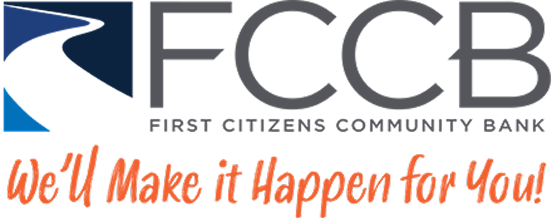Establishing Your Estate Plan
Estate planning is all about protecting your loved ones, protecting what you’ve worked hard for your whole life, and providing peace of mind for you and your family.
Basically, an estate is everything you own…your investments, bank accounts, insurance policies, your home, and your other personal property.
When we talk about estate planning, we’re referring to how a person’s property will be distributed when they die. An estate plan can help reduce administrative costs and tax liabilities, but more importantly, it ensures your property is distributed in accordance with your personal wishes. If you don’t make these decisions and designations while you are alive and able, state law and probate courts will make them for you after you are gone, and the results may not reflect your desires or suit your family’s needs.
Since the estate plan will drive the distribution of your assets, the first step you should complete is to develop a personal financial statement that lists all of the assets that you own.
This can be as basic as grabbing a notepad and writing down all of the property you own. Or it can be more formal, something you prepare with your financial advisor or other trusted banker. First Citizens can assist you with the development of your personal financial statement.
Individually Owned Assets
Individually Owned Assets are assets that you own in your name alone. A bank account where you are the only person on the account, or real estate where you are the only person on the deed, are both examples of individually owned assets.
These assets will be distributed according to the terms of your will, or if you do not have a will, they will be distributed according to your state’s intestacy laws. Every state has a set of laws that determines how property is to be distributed if the person hasn’t yet created a will.
Jointly Owned Assets
These are assets held by more than one person. For example, if you and a child both have your names on a bank account, the funds in that account are a jointly owned asset. So, when you pass, the property goes to the surviving joint owner regardless of what your will states. If there is the right of survivorship, that property is going to pass to the joint owner.
Non-Probate Assets
When an asset is distributed outside the terms of your will, that is called “non-probate.” For example, life insurance, annuities, 401(k)s, and IRAs where you’ve named a beneficiary are non-probate assets. These assets will be distributed according to your beneficiary designation. When you open one of these accounts or a life insurance policy, you should be given a beneficiary designation form to list who you want to inherit the property when you die.
So, when creating an estate plan, it is very important to look at these assets, and be sure your beneficiary designations match how you want your property to be distributed when you die.
Additionally, in Pennsylvania, for example, we have a designation called “In Trust For,” which can be added to a bank account to designate a beneficiary without making it a joint account. The person you name “In Trust For” will automatically inherit the account when you pass.
Once you have a list of the assets you own, and you’ve determined how you own that property, you are ready to move on to the second step in the creation of your estate plan. In the next video in our series I will review step two, the three important documents you need for an estate plan.
Not a deposit, not FDIC-insured, not insured by any federal government agency, not guaranteed by the bank, and may go down in value.


